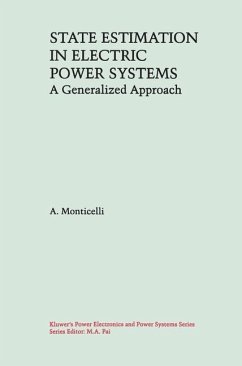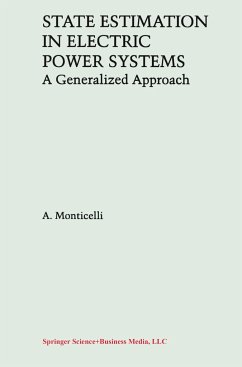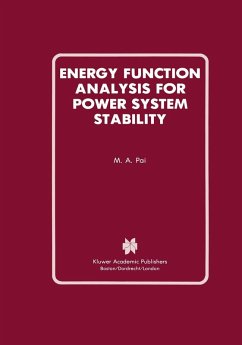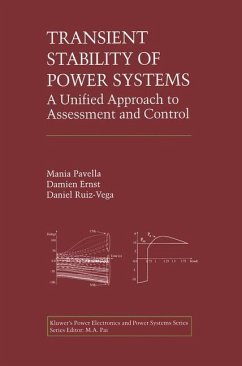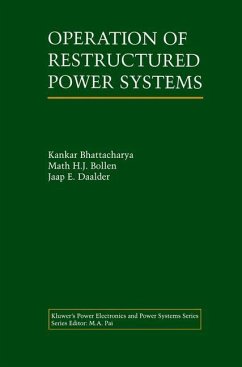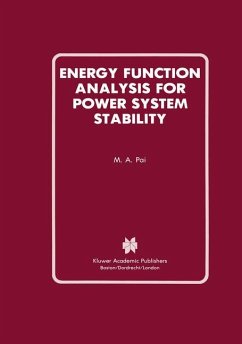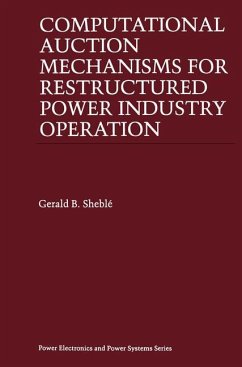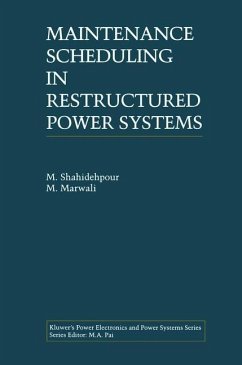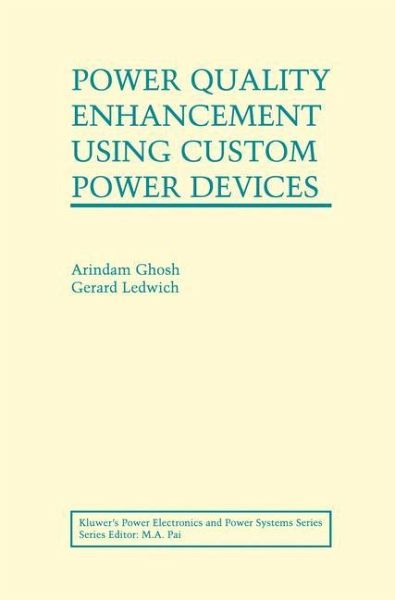
Power Quality Enhancement Using Custom Power Devices
Versandkostenfrei!
Versandfertig in 1-2 Wochen
138,99 €
inkl. MwSt.
Weitere Ausgaben:

PAYBACK Punkte
69 °P sammeln!
Power Quality Enhancement Using Custom Power Devices considers the structure, control and performance of series compensating DVR, the shunt DSTATCOM and the shunt with series UPQC for power quality improvement in electricity distribution.Also addressed are other power electronic devices for improving power quality in Solid State Transfer Switches and Fault Current Limiters. Applications for these technologies as they relate to compensating busses supplied by a weak line and for distributed generation connections in rural networks, are included. In depth treatment of inverters to achieve voltag...
Power Quality Enhancement Using Custom Power Devices considers the structure, control and performance of series compensating DVR, the shunt DSTATCOM and the shunt with series UPQC for power quality improvement in electricity distribution.
Also addressed are other power electronic devices for improving power quality in Solid State Transfer Switches and Fault Current Limiters. Applications for these technologies as they relate to compensating busses supplied by a weak line and for distributed generation connections in rural networks, are included. In depth treatment of inverters to achieve voltage support, voltage balancing, harmonic suppression and transient suppression in realistic network environments are also covered. New material on the potential for shunt and series compensation which emphasizes the importance of control design has been introduced.
Also addressed are other power electronic devices for improving power quality in Solid State Transfer Switches and Fault Current Limiters. Applications for these technologies as they relate to compensating busses supplied by a weak line and for distributed generation connections in rural networks, are included. In depth treatment of inverters to achieve voltage support, voltage balancing, harmonic suppression and transient suppression in realistic network environments are also covered. New material on the potential for shunt and series compensation which emphasizes the importance of control design has been introduced.







